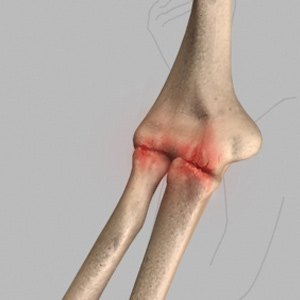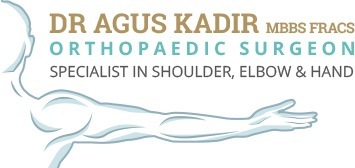Elbow Arthritis

Elbows, although are not the weight-bearing joints, they are considered to be most important for functioning of upper limbs and even a minor trauma or disease condition affecting elbow may be painful and limit the movements of upper limbs.
Arthritis is one of the common disease conditions affecting elbow joint and other conditions include fractures, primary degenerative osteoarthritis, crystalline arthropathy, haemophilia, and sepsis. Total elbow replacement is one of the procedures used to restore the function and relieve the pain in elbows affected by rheumatoid arthritis. Advent of arthroplasty procedure has improved the outcomes of surgeries. Total elbow replacement arthroplasty is indicated in cases of bone injury, ankylosis, osteoarthritis, rheumatoid arthritis, traumatic arthritis, and failed elbow joint replacement. In total elbow replacement surgery, scar tissue will be removed, elbow muscles will be balanced, and then the damaged elbow joint will be replaced with the new artificial joint. The artificial joint will be fixed to the inside of the humerus and to the inside of ulna. Hinge pins may be used to connect the limb with other bones and to give the joint stability.

 Menu
Menu






